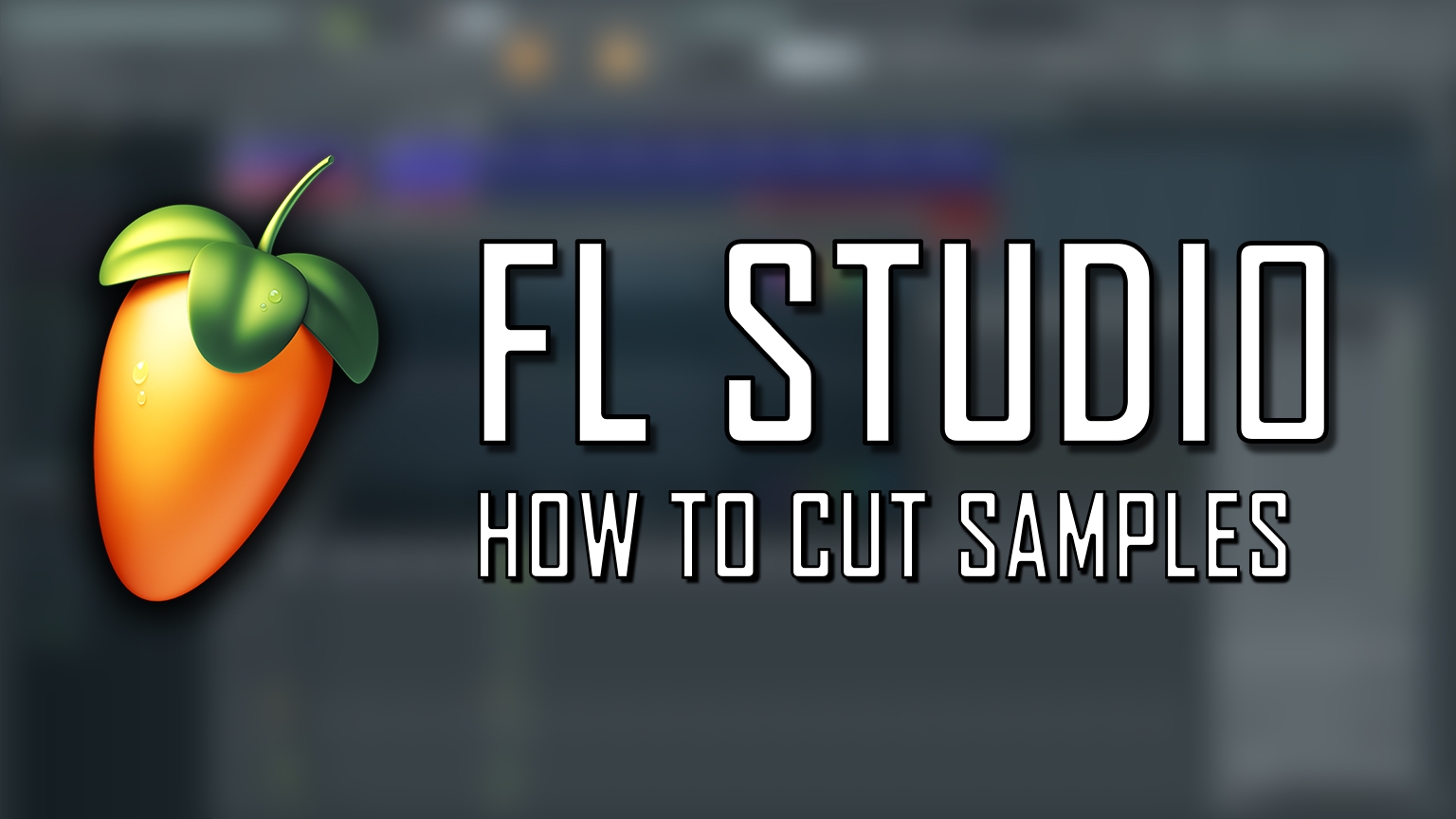

Whatever the case, because of the burgeoning sample marketplace industry, musicians can now find almost any sound they need in a matter of seconds. Or a producer might simply get captivated by a sound and want to use it as a point of inspiration. Or someone might not have access to an instrument they want to use in a track.


Sometimes it helps hook people in if they hear something recognizable, like how Katy Perry’s “ Swish Swish” begins with a classic Fat Boy Slim vocal. There are a million reasons why someone might use samples in a track. It can be heard in an obvious way in Rob Base & DJ E-Z Rock “ It Takes Two,” but it’s also hidden in Jaime XX’s “ Gosh,” and many wouldn’t know it because of how the sounds have been warped. The classic drum break in Lyn Collins’ 1972 single “Think About It” has been sampled in over 2,000 songs. Sometimes, you can clearly hear a sampled work in a new song, but other times, artists chop up samples, process them, or add so many effects that the origin can be unrecognizable. “In music, we take something that we love and we build on it.” “I can hear something I love in a piece of media, and I can co-opt it and insert myself in that narrative or alter it even,” said musician Mark Ronson in his 2014 TED Talk on sampling.
#Do you have to clear sample chops software
Photo by Ryan “Rhondo” Manning for The VergeĪ sample can be anything from a melody to a snippet of a drum beat, and as professionally recorded sounds become easier to access and software becomes cheaper, they’re increasingly routine as a part of the song-making process for bedroom and Top 40 producers alike. In Andrés and Mauricio’s California studio. “A lot of percussion that we have used real people that we recorded,” says Andrés. Some samples are sounds they’ve purchased online, while others, like the metallic brush of a güira, are ones they’ve made themselves. “We’ve been obsessed with samples for a long time,” Mauricio tells me as he opens up the Ableton file for “Despacito” and points out all of the samples that go into a single song. Everyone from The Beastie Boys to Stevie Wonder to Oasis has used samples in their songs, and it’s still a common practice today.Īndrés and Mauricio hail from Colombia, and they’ve been making Latin-infused pop hits as a pair since 2015. Those horns from Beyoncé’s “ Crazy In Love”? That’s a Chi-Lites sample, also from the ‘70s. The catchy melody in Drake’s “ Hotline Bling”? That’s a Timmy Thomas sample from 1972. It’s helped spawn entire genres of music and has been used to make hit records for decades. Sampling started as a way to cut up an existing recording to use bits of that audio in a new way. It’s owned by Andrés Torres and Mauricio Rengifo, the duo behind “Despacito.” I’m sitting in their home studio to talk to them about one of the key techniques they use to make many of their hits: sampling. On a quiet street in Pasadena, California, is a house where one of the world’s most famous pop songs was made.


 0 kommentar(er)
0 kommentar(er)
